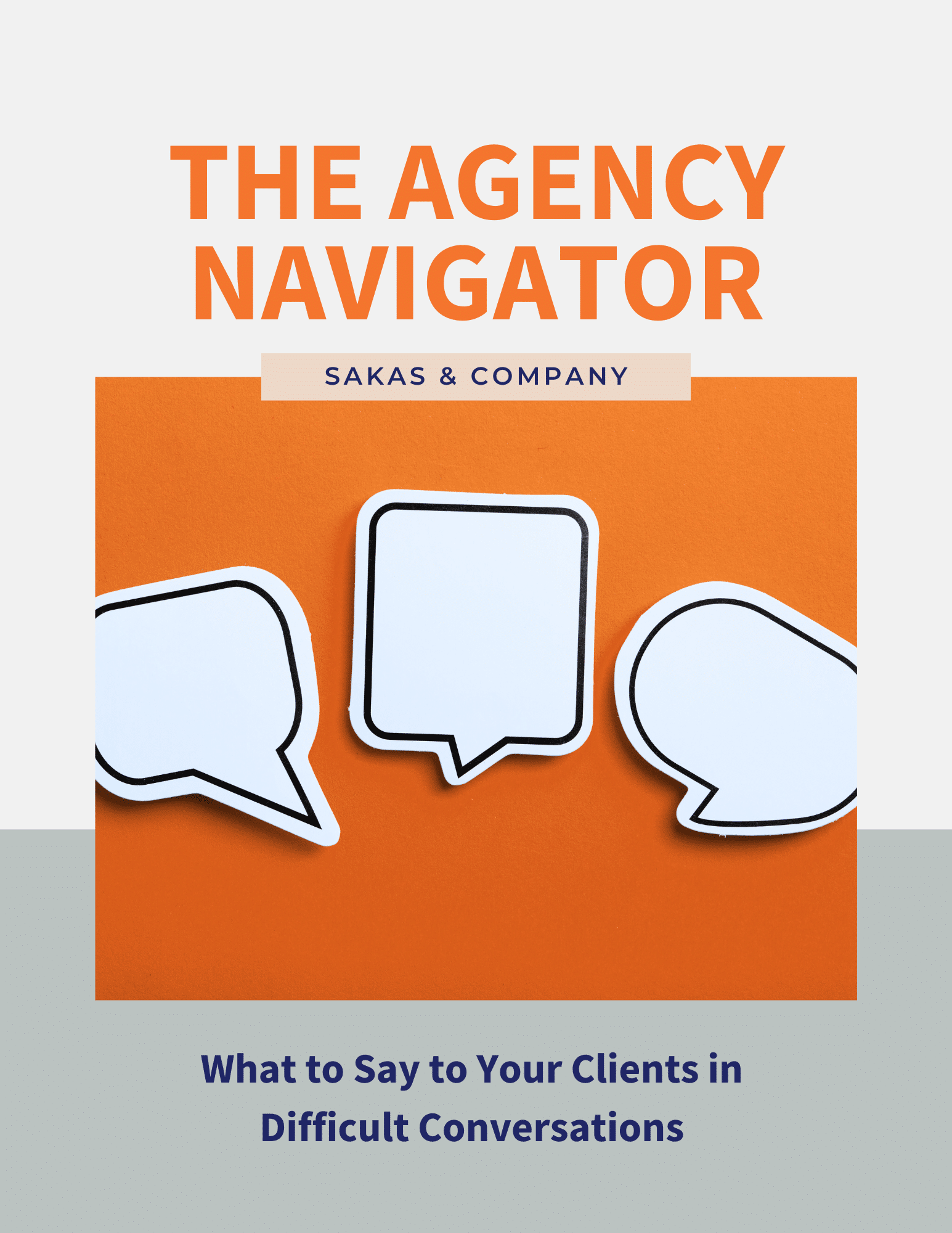I recently advised a coaching client as he developed a Post-Launch Support policy. His digital agency specialized in custom web development, including complex web apps.
The Problem
He’d run into a challenge—clients would reappear after months or a year, wanting help. Because they weren’t in the active schedule, he couldn’t help them without disrupting current client projects. This created friction for him, his team, and his clients.
The Solution
To fix that, I recommended he create a Post-Launch Support policy, to explain how his team would handle requests.
We considered both “recency” (how long since they’d had active work) and revenue (how much they’d spent in the past year). Ultimately, he decided to make “recency” the public factor, but to consider clients’ total spend when his PMs scheduled new requests.
Consider adjusting this further based on your agency’s specific Values, Goals, and Resources and your agency’s Service Level Agreement (SLA).
[AGENCY TEMPLATE] Post-Launch Support policy
Don’t have a Post-Launch Support policy at your agency? Here’s a starting-point template, focused on development work with a defined “launch”:
Your project comes with a 4-week “warranty” from [AgencyName]. That is, we’ll fix anything that’s “broken” within 4 weeks of our final round of Quality Assurance. If you request new functionality, we can quote that separately as a Phase 2 project.
What about support after launch and after the warranty period? You have two options!
Active clients receive the fastest turnaround. To keep fast turnaround, add a new project or sign up for our helpful support retainer, which starts at $X/month.
Don’t want to add a support retainer? Your account will switch from Active to Inactive after 45 days. We’re glad to help in the future, but we’ll schedule Active clients first. In contrast, Inactive clients may need to wait 1-2 months before we can complete their requests.
To avoid potentially needing to wait longer when you need help, we recommend the support retainer. In addition to faster turnaround on future requests, you also get [summary of other benefits].
If you’re doing continuous work—for instance, a marketing retainer—you won’t have a discrete “launch,” but the retainer theoretically gives you flexibility on further support.
Deciding When the “Clock” Starts
You’ll need to make some further adjustments to that template. For instance, when does the “clock” start ticking, on clients going from Active to Inactive? Does it start:
- After the warranty period?
- After launch?
- After “dev is done” but before public launch (if the client dilly-dallies on loading pre-launch content)?
- After the last invoice is sent?
- After the last invoice is paid?
Ultimately, you’ll want to be somewhat more specific about what triggers the “Active to Inactive” clock—but you’ll have to decide how firm you want to be. (You can always make “strategically free” exceptions.)
Adding a Post-Launch Support policy at your agency
I’m not a lawyer, so be sure to get guidance from your attorney about specifics in your circumstances.
Beyond the policy itself, you’ll want to consider:
- Do you have capacity to handle one-off requests in addition to existing projects and retainers?
- What kind of turnaround time can you provide to priority vs. non-priority clients?
- Is your team willing to push-back when a non-priority client is pushing for a request? (Rush fees can be a big help.)
Question: What’s your agency’s Post-Launch Support policy?


